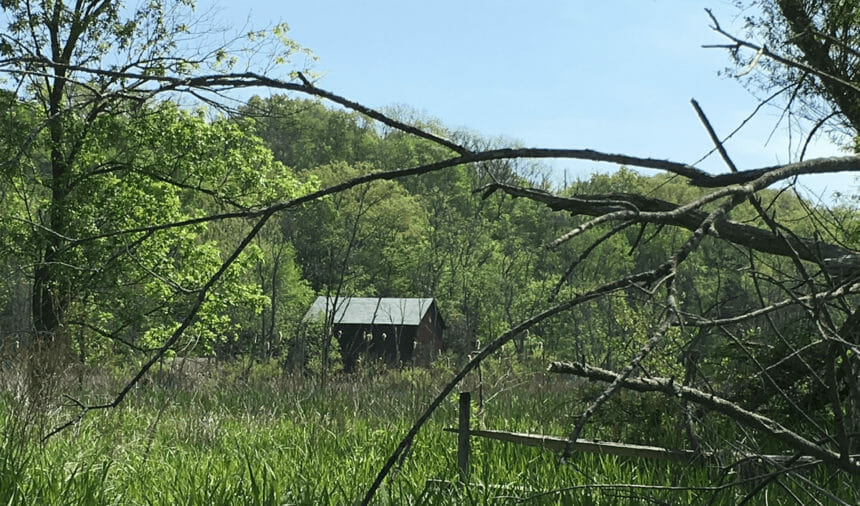
The Health and Human Services Department’s Administration for Community Living, which includes the Administration on Aging, should centralize access to and promote awareness of information on promising practices or other useful information to help service providers, including assisted living communities, serve rural older adults, recommends a report released Monday by the Government Accountability Office.
HHS agreed with the recommendation, according to the GAO. “When we confirm what actions the agency has taken in response to this recommendation, we will provide updated information,” the agency said.
More than 24 national resource centers, supported by HHS, publish information on promising practices for delivering services to older adults, the report noted. “Yet this information is spread across national resource center websites and is not centrally accessible,” the authors said. “Local officials were often not aware of pertinent resources. Several said that more information on rural promising practices or other resources would be helpful.”
The GAO, according to the report, made the recommendation after analyzing 2017 HHS survey data; reviewing federal laws, agency documents and studies, including studies involving assisted living, home- and community-based services and personal services; and interviewing service providers in 12 rural localities in eight states. The agency also interviewed HHS officials, national associations and experts on rural issues.
One study cited in the report found that older residents of rural areas may encounter longer waiting lists to enter assisted living communities.
The report provided examples of challenges faced by some service providers in rural areas. In Iron County in Wisconsin, for instance, the GAO found housing shortages for older adults. The county has no assisted living community, meaning older residents have fewer options to grow old in the community. Older adults there who need low-income housing also face long wait lists, according to the report.
In Mora County in New Mexico, the GAO found that assisted living communities and other housing options for older adults are limited, and those older adults who are willing to move away from rural areas may not be able to afford to pay the higher cost of housing in an urban area.



